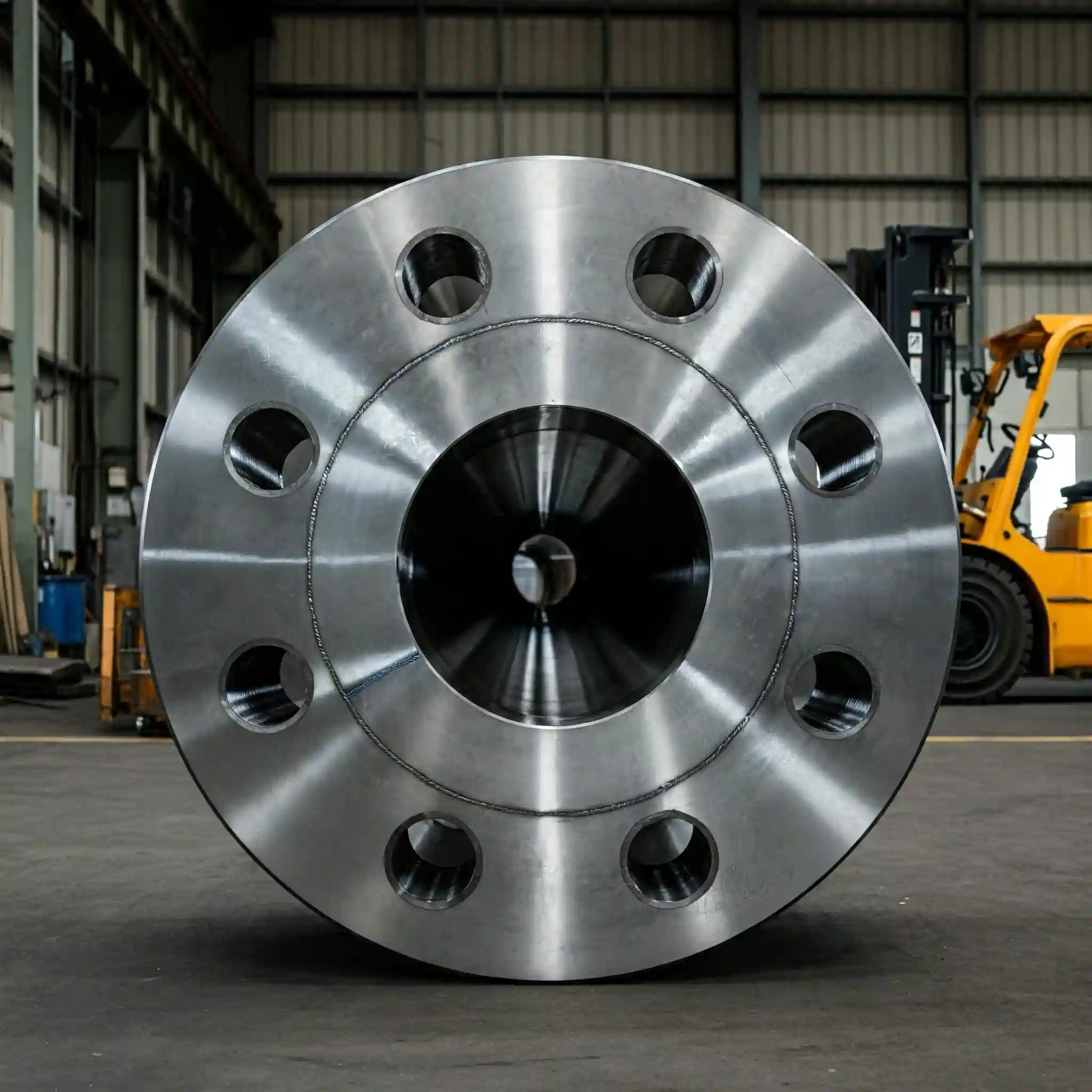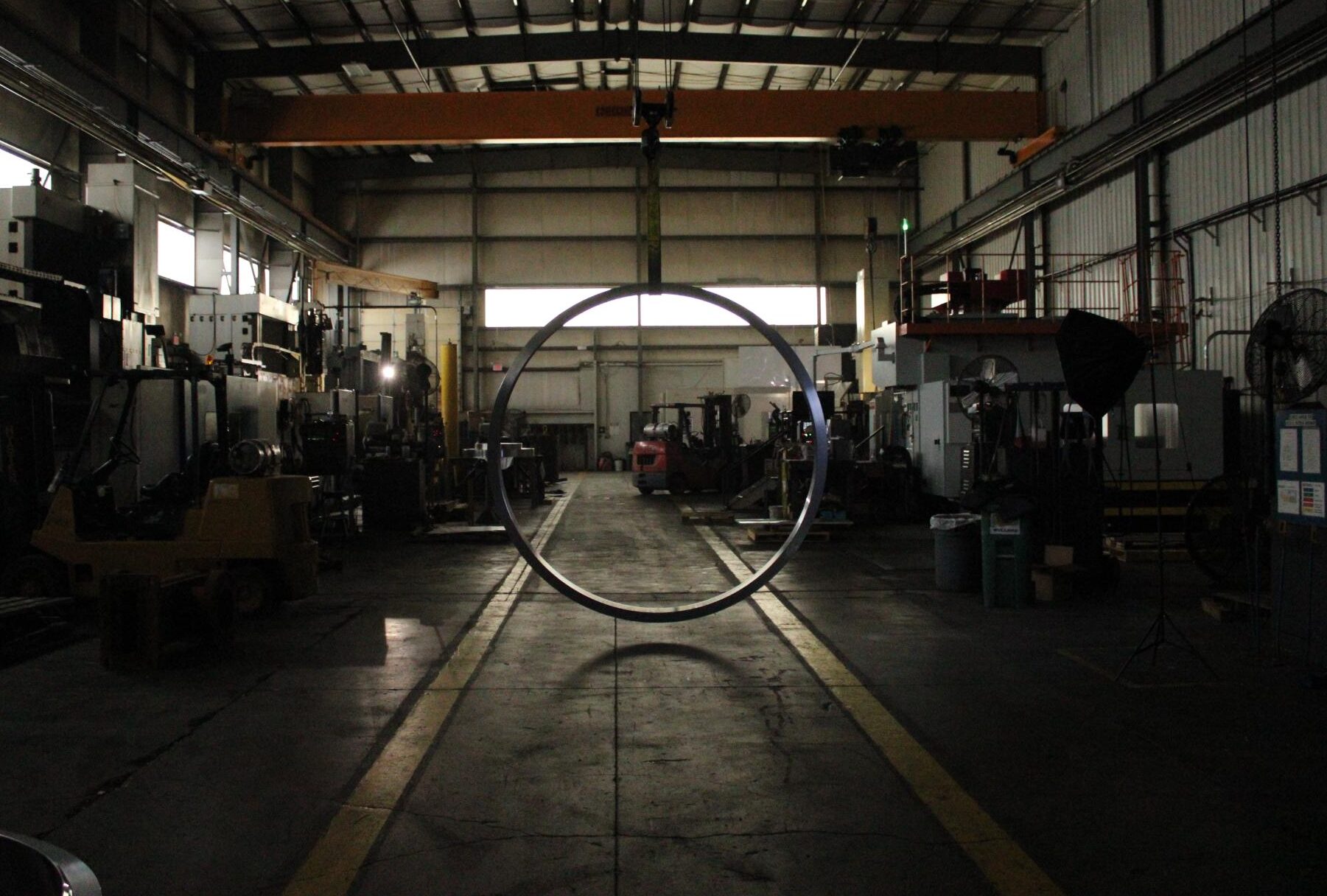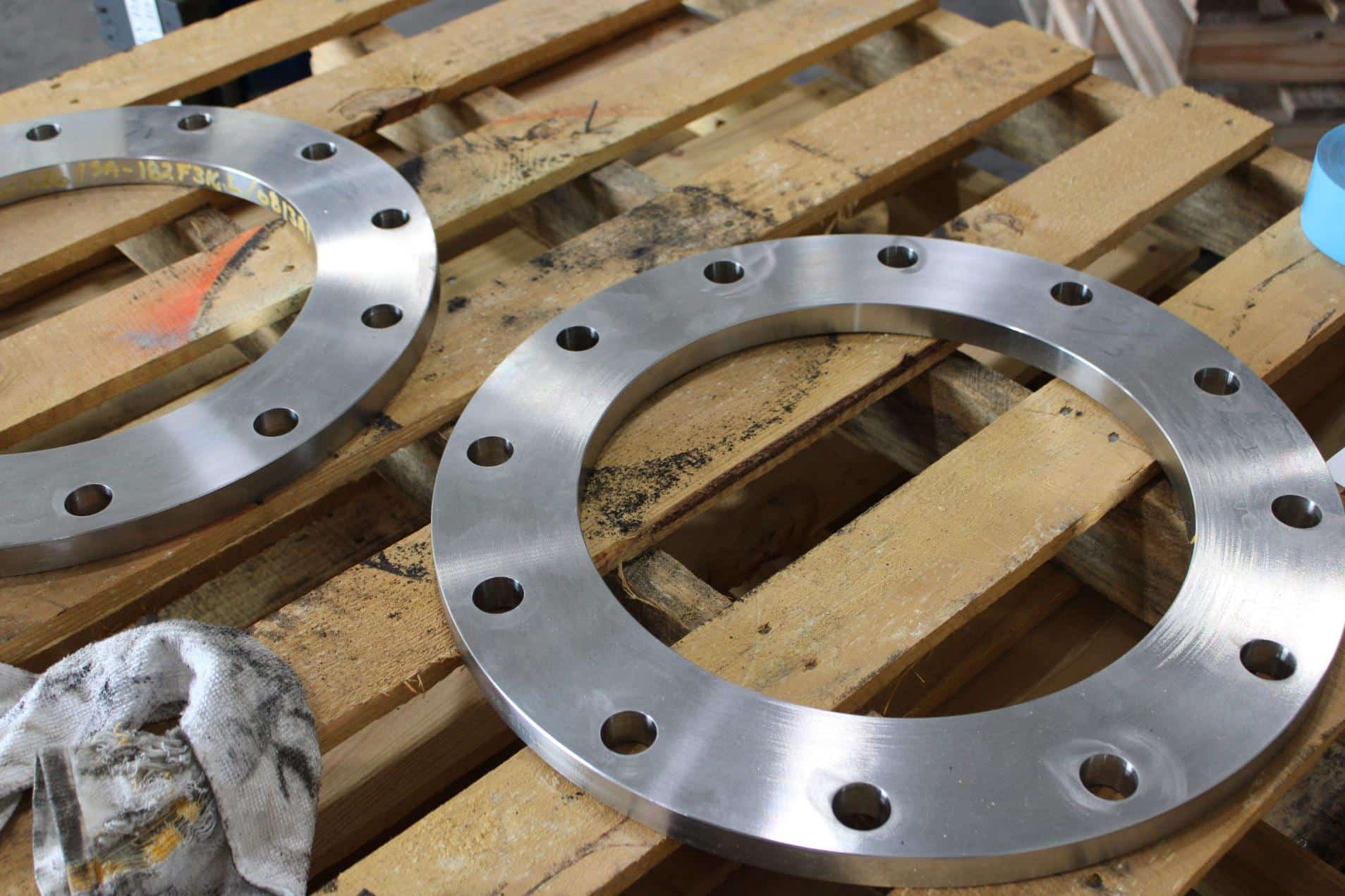
What are differences between slip on flange vs weld neck flange?
Slip on flanges and weld neck flanges are two types of pipe flanges that are commonly used in piping systems.
A slip-on flange is a type of pipe flange that is designed to be slipped over the end of a pipe and then welded in place. It has a flat face and a slightly larger diameter than the pipe to which it is being attached. The slip on flange is typically used in low-pressure piping systems and is not recommended for use in high-pressure or high-temperature applications.
A weld neck flange is a type of pipe flange that has a neck that extends from the base of the flange. The neck is designed to be welded to the pipe, creating a more secure connection. Weld neck flanges are stronger and more reliable than slip-on flanges and are typically used in high-pressure and high-temperature applications.
One key difference between slip on flanges and weld neck flanges is the way in which they are attached to the pipe. Slip on flanges are simply slipped over the end of the pipe and then welded in place, while weld neck flanges are welded directly to the pipe. Another key difference is the strength and reliability of the connection. Weld neck flanges are stronger and more reliable than slip-on flanges and are typically used in more demanding applications.
What is the long weld neck flange dimension?
The dimensions of a long weld neck flange depend on the size of the flange and the standard to which it was manufactured. Some common dimensions for long weld neck flanges include:
ANSI B16.5 (American National Standards Institute): For flanges with a diameter of 1/2″ to 24″, the length of the neck and hub is equal to the outside diameter of the flange. For flanges with a diameter greater than 24″, the neck and hub are typically longer, and the length is specified in the standard.
DIN 2632 (Deutsches Institut für Normung): For flanges with a diameter of 10″ to 36″, the neck and hub are equal to the outside diameter of the flange. For flanges with a diameter greater than 36″, the neck and hub are typically longer, and the length is specified in the standard.
It’s important to note that these are just a few examples of the dimensions that may be used for long weld neck flanges. There are many different standards that specify the dimensions of flanges, and the dimensions can vary depending on the specific requirements of the application.
If you have a specific flange that you are trying to identify the dimensions for, it would be best to refer to the standard or specification that it was manufactured to, or to consult with the manufacturer or supplier.
What is the difference between a weld neck flange and a long-weld neck flange?
A weld neck flange is a type of pipe flange that is designed to be joined to a piping system by welding. It has a neck that extends from the flange itself, which is used to align the flange with the pipe or fitting to which it will be welded. The neck of a weld neck flange is typically tapered, which helps to reduce stress concentrations and make the connection stronger.
A long weld neck flange is similar to a standard weld neck flange, but it has a longer neck and a larger hub. The longer neck allows for more flexibility in the alignment of the flange with the pipe or fitting, and the larger hub provides a greater area for the weld to be made. Long weld neck flanges are often used in high-pressure or high-temperature applications, where the additional strength provided by the longer neck and larger hub is important.
In general, the main difference between a weld neck flange and a long weld neck flange is the length of the neck and the size of the hub. A weld neck flange has a shorter neck and a smaller hub, while a long weld neck flange has a longer neck and a larger hub. Both types of flanges are used to connect pipes or fittings in a piping system, but the long weld neck flange is typically used in more demanding applications due to its additional strength and flexibility.
How are neck flanges welded?
Weld neck flanges are typically welded to a pipe or fitting using the TIG (tungsten inert gas) welding process. The TIG process is a type of arc welding that uses a non-consumable tungsten electrode to produce the weld. TIG welding is often preferred for welding flanges because it produces a high-quality, clean weld with minimal distortion.
To weld a weld neck flange, the following steps are typically followed:
First, the area where the flange will be welded should be cleaned and prepared. Any dirt, rust, or other contaminants should be removed to ensure a strong, reliable weld.
The flange should then be positioned on the pipe or fitting, and the neck of the flange should be aligned with the end of the pipe.
The welder should then set up the TIG welding machine and select the appropriate welding parameters (e.g., current, voltage, travel speed).
The welder should then start the weld by striking an arc between the tungsten electrode and the flange. The welder should maintain a consistent, steady speed as they move the electrode around the circumference of the flange, making sure to fill in any gaps or voids.
Once the weld is complete, the welder should let the weld cool down before removing the flange from the pipe. The flange should then be inspected to ensure that the weld is strong and free of defects.
It’s important to note that welding a flange requires a high level of skill and attention to detail. Welding is a critical step in the construction of any piping system, and it’s essential to ensure that the weld is strong and reliable. If you are not experienced in welding, it is recommended to seek the assistance of a qualified professional.


